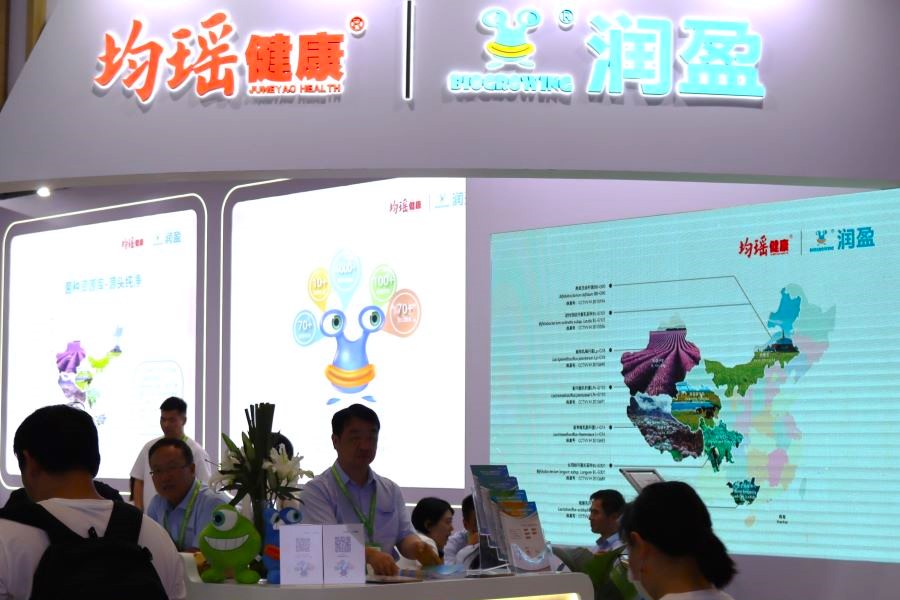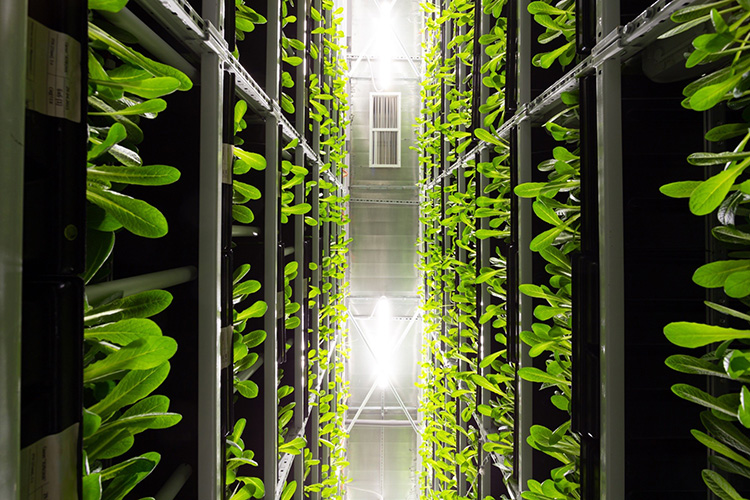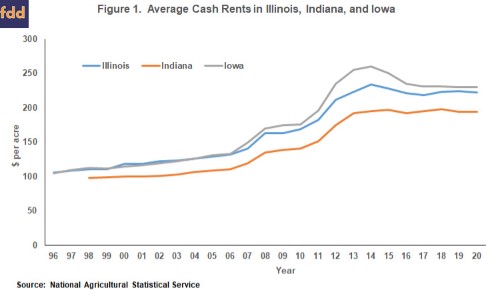Report on the “Five Fruits per Household” Program and Sustainable Agriculture Initiatives in Rwanda
Introduction
The “Five Fruits per Household” program represents a holistic approach to sustainable agriculture, emphasizing capacity building, infrastructure development such as seedling nurseries, and market linkage facilitation. The program aims to promote fruit tree cultivation and fruit consumption at the household level, thereby increasing the availability and accessibility of nutrient-rich fruits. This initiative aligns with multiple Sustainable Development Goals (SDGs), including SDG 2 (Zero Hunger), SDG 3 (Good Health and Well-being), SDG 5 (Gender Equality), SDG 8 (Decent Work and Economic Growth), SDG 12 (Responsible Consumption and Production), and SDG 15 (Life on Land).
Program Objectives and Impact
- Enhance dietary diversity and improve nutritional outcomes by increasing fruit consumption.
- Contribute to economic development, particularly benefiting smallholder farmers, women, and youth.
- Support environmental protection and biodiversity conservation through agroecological practices.
- Promote sustainable agriculture and Nature-based Solutions (NbS) to restore ecosystems.
Stakeholder Engagement and Collaboration
The initiative is supported by the International Union for Conservation of Nature (IUCN) in partnership with the Ministry of Agriculture and Animal Resources (MINAGRI), Rwanda Agriculture and Animal Resources Development Board (RAB), Rwanda Forestry Authority (RFA), Rwanda Environment Management Authority (REMA), Global Alliance for Improved Nutrition (GAIN), Food and Agriculture Organization (FAO), Alliance for a Green Revolution in Africa (AGRA), One Acre Fund, district officials, civil society, private sector, and farmer representatives.
Alignment with Sustainable Development Goals
- SDG 2: Zero Hunger – By promoting fruit tree cultivation, the program addresses malnutrition and food security.
- SDG 3: Good Health and Well-being – Increased fruit consumption improves nutritional outcomes.
- SDG 5: Gender Equality – The program empowers women and youth in agriculture.
- SDG 8: Decent Work and Economic Growth – Enhances income generation opportunities for smallholder farmers.
- SDG 12: Responsible Consumption and Production – Encourages sustainable agricultural practices.
- SDG 13: Climate Action – Supports climate-smart farming and landscape restoration.
- SDG 15: Life on Land – Promotes biodiversity conservation and ecosystem restoration.
Program Implementation and Field Activities
The program was officially launched on 24 October 2024 in Rubavu District by Minister Dr. Mark Cyubahiro. Pilot orchards featuring fruit trees such as avocado, mango, papaya, and orange have been established to improve household nutrition and generate income.
- Field visits demonstrated community engagement and youth participation in agroforestry practices.
- Farmers received training on fruit tree maintenance and integrated vegetable cultivation.
- Local farmers expressed optimism regarding long-term nutritional and economic benefits.
Key Messages from Stakeholders
- Ms. Kaori Yasuda, IUCN Country Representative: Emphasized IUCN’s commitment to restoring lands, biodiversity, and building resilient ecosystems in Rwanda through sustainable agriculture.
- Dr. Rutikanga Alexandre, MINAGRI Chief Technical Advisor: Highlighted the urgency of embedding sustainable agriculture in national priorities to build food security and climate resilience.
- Mr. Oscar Nzabonimpa, Executive Director of APEFA: Stressed the importance of youth leadership in land stewardship and scaling locally led actions.
- Dr. Jules Rutebuka, IUCN Regional Programme Officer: Advocated for farmer-centered solutions including access to organic fertilizers, diversified cropping, and climate adaptation knowledge.
- Local Government Representatives: Confirmed ongoing commitment to agroforestry, conservation agriculture, and climate-smart farming to enhance resilience and productivity.
Regional and Global Context
The dialogue in Rubavu is part of a broader regional movement supported by IUCN and funded by the IKEA Foundation. Over the past three years, High-Level Common Ground Dialogues on Sustainable Agriculture have been convened across Eastern and Southern Africa, including Tanzania, Malawi, Rwanda, and Uganda. These dialogues aim to:
- Scale up agroecological practices and agrobiodiversity.
- Promote inclusive food systems.
- Mainstream Nature-based Solutions across agricultural landscapes.
Conclusion
The “Five Fruits per Household” program exemplifies an integrated approach to sustainable agriculture that advances multiple SDGs by combining community-driven initiatives, scientific expertise, and political commitment. Rwanda’s model, grounded in Nature-based Solutions, offers a replicable framework for enhancing nutrition, livelihoods, and environmental sustainability. The momentum generated in Rubavu sets a foundation for scaling these efforts nationwide and contributes to global dialogues such as the IUCN World Conservation Congress.
1. Sustainable Development Goals (SDGs) Addressed in the Article
- SDG 2: Zero Hunger – The article focuses on improving food security, nutrition, and agricultural productivity through fruit tree cultivation and agroecological practices.
- SDG 3: Good Health and Well-being – By increasing the availability of nutrient-rich fruits, the program aims to enhance dietary diversity and nutritional outcomes.
- SDG 5: Gender Equality – The program targets economic development particularly among women and youth, promoting inclusive growth.
- SDG 8: Decent Work and Economic Growth – Supporting smallholder farmers and creating income opportunities through sustainable agriculture.
- SDG 12: Responsible Consumption and Production – Promoting sustainable agriculture and agroecological approaches to reduce environmental degradation.
- SDG 13: Climate Action – Emphasis on climate-smart farming and building resilient ecosystems to adapt to climate change.
- SDG 15: Life on Land – Focus on biodiversity conservation, ecosystem restoration, and sustainable land management.
2. Specific Targets Under the Identified SDGs
- SDG 2: Zero Hunger
- Target 2.3: By 2030, double the agricultural productivity and incomes of small-scale food producers, particularly women, indigenous peoples, family farmers, and fishers.
- Target 2.4: Ensure sustainable food production systems and implement resilient agricultural practices that increase productivity and production.
- Target 2.2: End all forms of malnutrition, including achieving targets on stunted and wasted children under 5 years of age.
- SDG 3: Good Health and Well-being
- Target 3.4: Reduce premature mortality from non-communicable diseases through prevention and treatment, and promote mental health and well-being.
- SDG 5: Gender Equality
- Target 5.a: Undertake reforms to give women equal rights to economic resources, as well as access to ownership and control over land and other forms of property.
- SDG 8: Decent Work and Economic Growth
- Target 8.3: Promote development-oriented policies that support productive activities, decent job creation, entrepreneurship, creativity, and innovation.
- SDG 12: Responsible Consumption and Production
- Target 12.2: Achieve sustainable management and efficient use of natural resources.
- SDG 13: Climate Action
- Target 13.1: Strengthen resilience and adaptive capacity to climate-related hazards and natural disasters in all countries.
- SDG 15: Life on Land
- Target 15.1: Ensure the conservation, restoration, and sustainable use of terrestrial and inland freshwater ecosystems and their services.
- Target 15.2: Promote the implementation of sustainable management of all types of forests, halt deforestation, restore degraded forests, and increase afforestation and reforestation.
3. Indicators Mentioned or Implied to Measure Progress
- SDG 2 Indicators
- Prevalence of malnutrition (stunting, wasting, and overweight in children under 5 years).
- Income levels of smallholder farmers and women/youth involved in agriculture.
- Area of land under sustainable agriculture practices (e.g., agroforestry, climate-smart farming).
- SDG 3 Indicators
- Dietary diversity scores at household level.
- Incidence of nutrition-related diseases.
- SDG 5 Indicators
- Proportion of women and youth with access to agricultural resources and training.
- SDG 8 Indicators
- Employment rates in sustainable agriculture sectors.
- Household income generated from fruit tree cultivation.
- SDG 12 Indicators
- Extent of adoption of sustainable land management and agroecological practices.
- SDG 13 Indicators
- Number of climate-smart agricultural initiatives implemented.
- Resilience measures of farming communities to climate hazards.
- SDG 15 Indicators
- Area of restored or conserved ecosystems and biodiversity.
- Number of fruit trees planted and maintained under agroforestry systems.
4. Table of SDGs, Targets, and Indicators
| SDGs | Targets | Indicators |
|---|---|---|
| SDG 2: Zero Hunger |
|
|
| SDG 3: Good Health and Well-being |
|
|
| SDG 5: Gender Equality |
|
|
| SDG 8: Decent Work and Economic Growth |
|
|
| SDG 12: Responsible Consumption and Production |
|
|
| SDG 13: Climate Action |
|
|
| SDG 15: Life on Land |
|
|
Source: iucn.org







